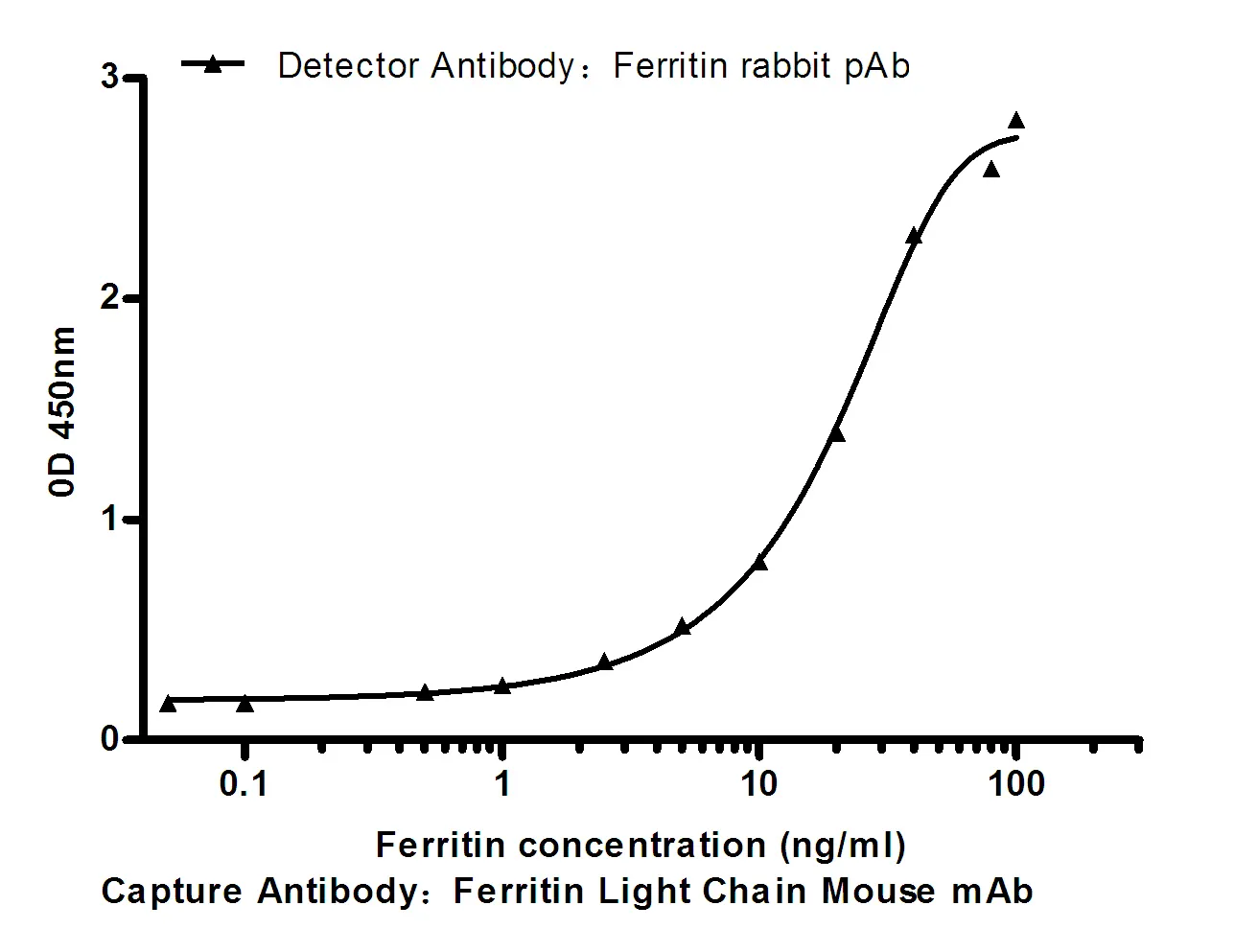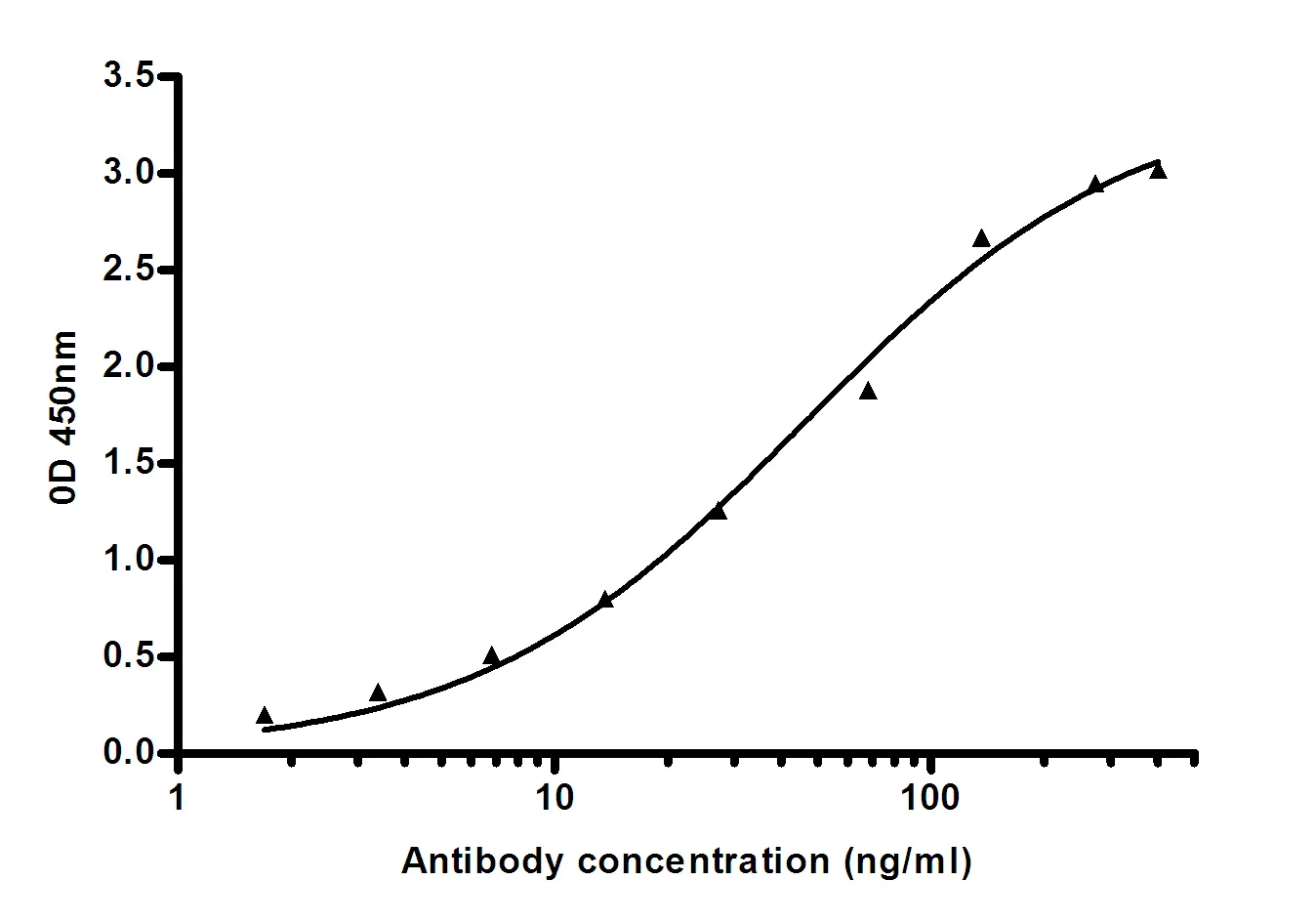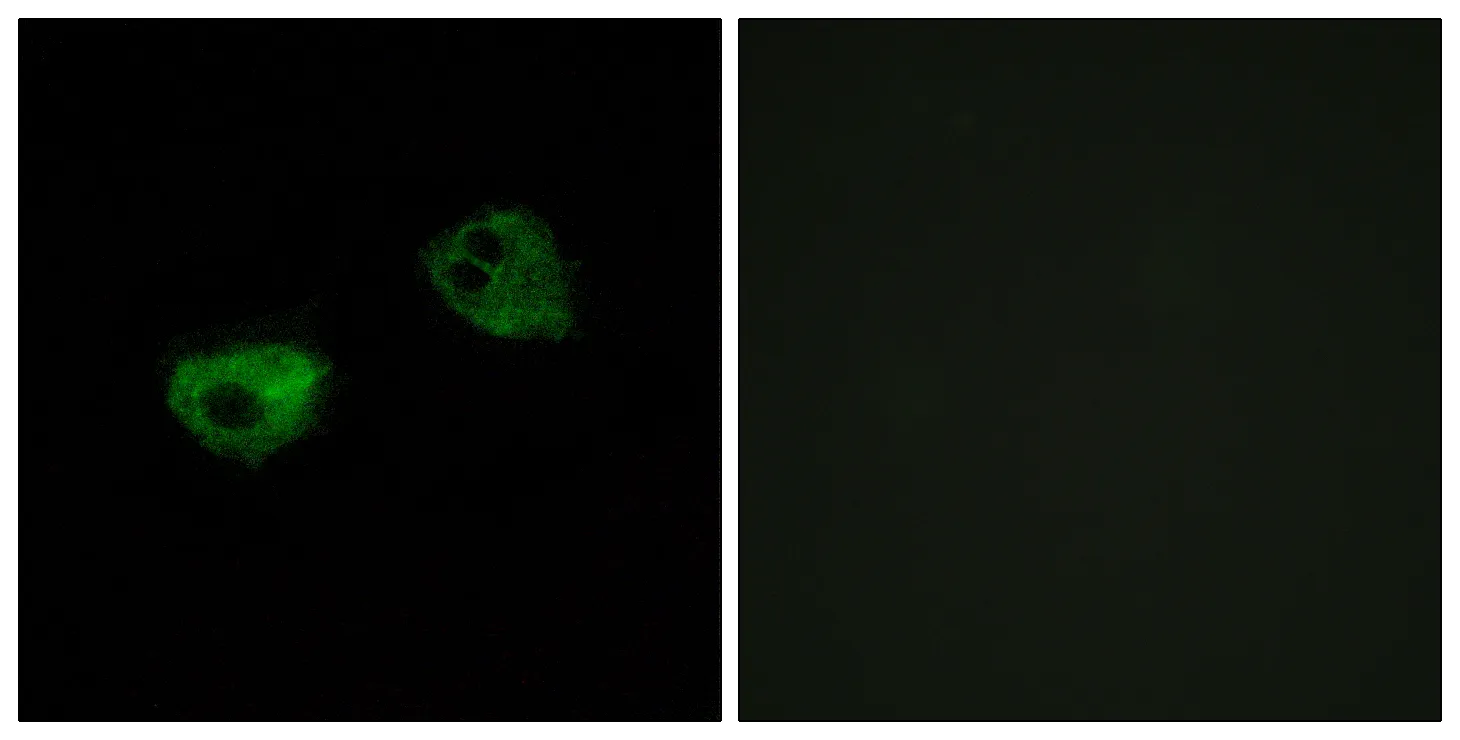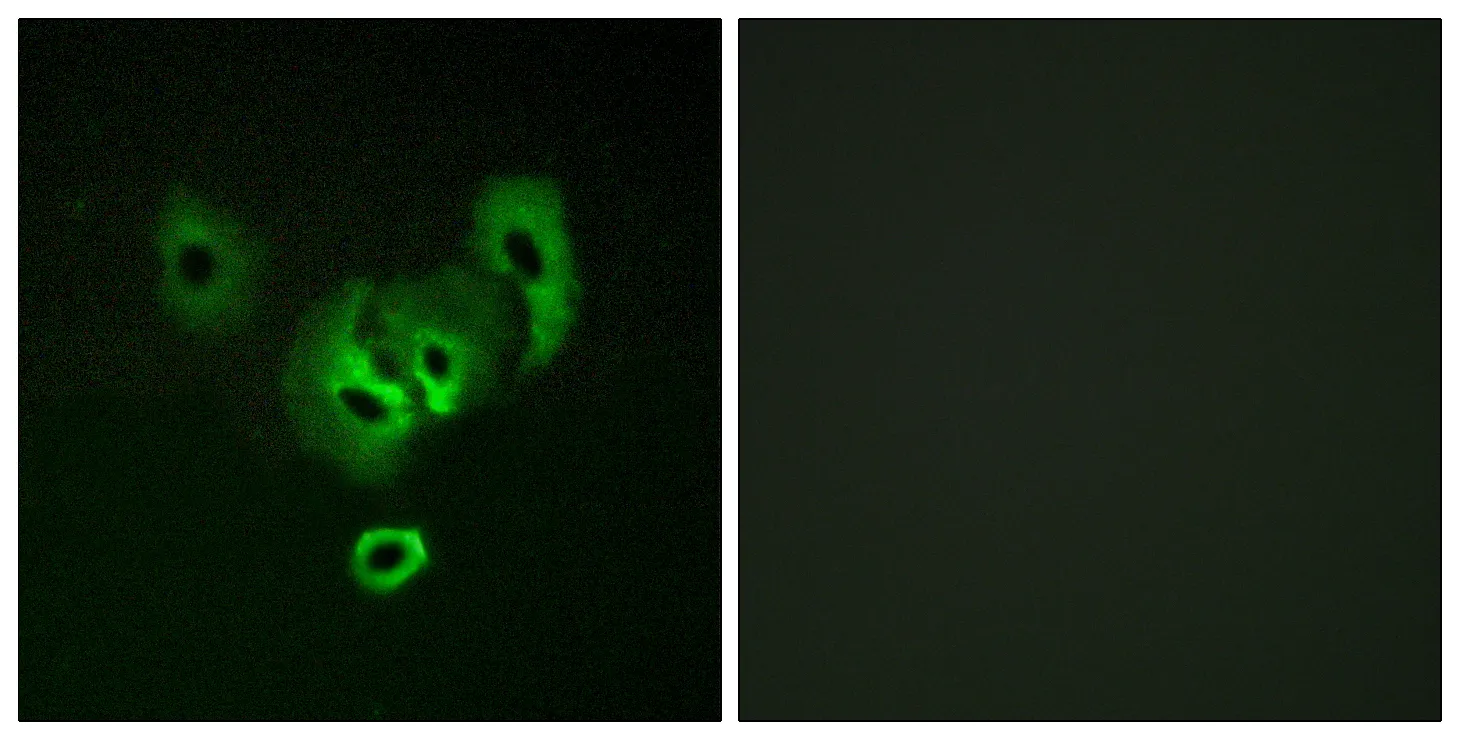Summary
Performance
Immunogen
Application
Background
This gene encodes an enzyme involved in the metabolism of prostaglandins. The encoded protein catalyzes the NADPH-dependent conversion of 15-keto-prostaglandin E2 to 15-keto-13,14-dihydro-prostaglandin E2. This protein may also be involved in regulating activation of the peroxisome proliferator-activated receptor. Alternative splicing results in multiple transcript variants. [provided by RefSeq, Apr 2009],catalytic activity:11-alpha-hydroxy-9,15-dioxoprost-5-enoate + NAD(P)(+) = (5Z)-(13E)-11-alpha-hydroxy-9,15-dioxoprosta-5,13-dienoate + NAD(P)H.,cofactor:NADPH.,function:Functions as 15-oxo-prostaglandin 13-reductase and acts on 15-keto-PGE1, 15-keto-PGE2, 15-keto-PGE1-alpha and 15-keto-PGE2-alpha with highest activity towards 15-keto-PGE2. Overexpression represses transcriptional activity of PPARG and inhibits adipocyte differentiation.,similarity:Belongs to the NADP-dependent oxidoreductase L4BD family.,subunit:Monomer.,tissue specificity:Widely expressed.,
Research Area




